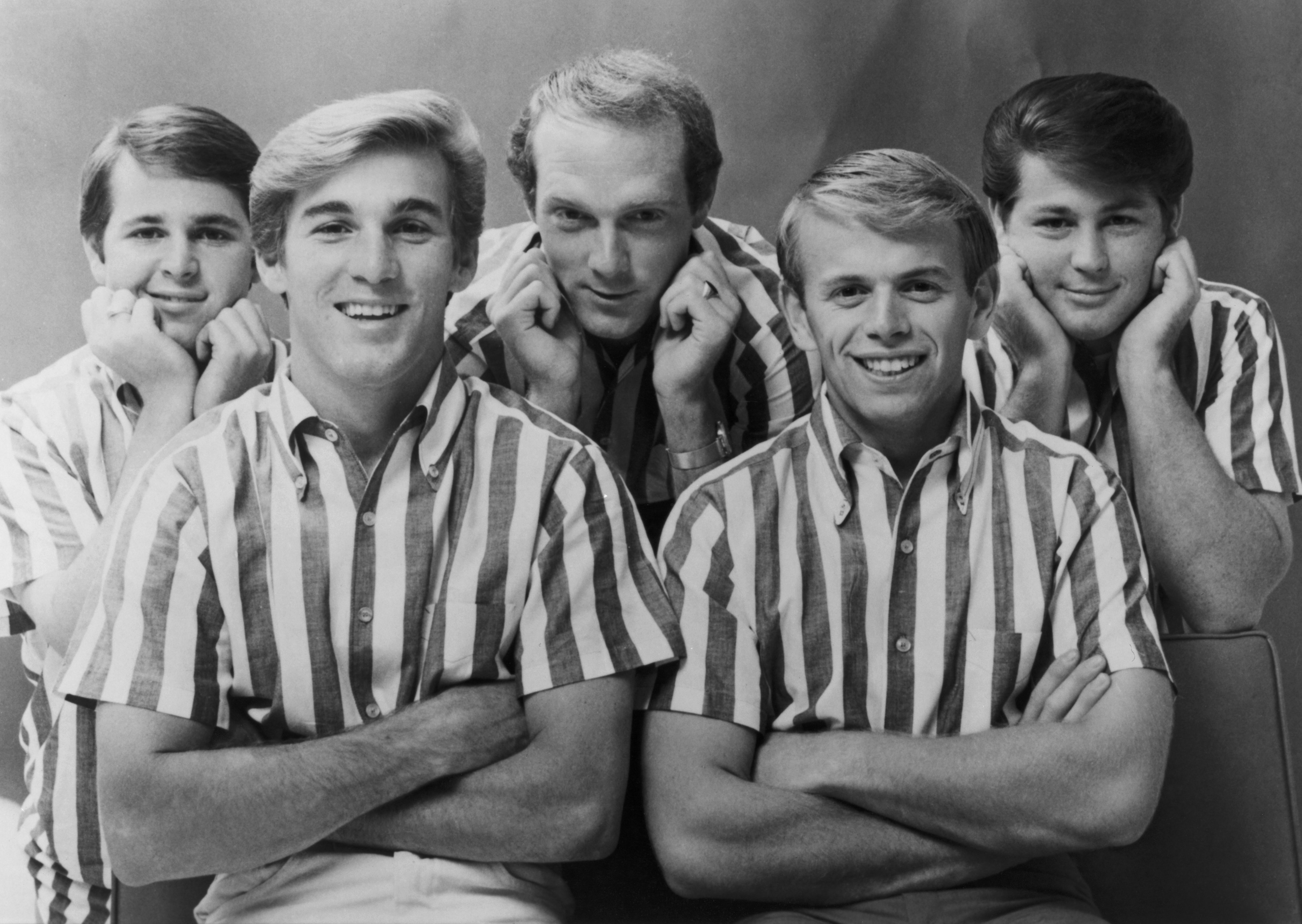
Phil Spector Hoped Brian Wilson Knew The Beach Boys’ ‘Good Vibrations Is ‘Not a Great Record’
TL;DR:
- Phil Spector was not a fan of Brian Wilson’s work on The Beach Boys’ “Good Vibrations.”
- Spector called “Good Vibrations” an “edit record.”
- The song became a hit in the United States.

The Beach Boys‘ Brian Wilson drew inspiration from Phil Spector. Despite this, Spector wasn’t the biggest fan of The Beach Boys’ “Good Vibrations.” Notably, Spector compared the song to a famous horror movie.
Phil Spector said The Beach Boys’ Brian Wilson looked at him as a rival
Spector was a producer who worked on songs by numerous 1960s girl groups as well as albums by The Beatles, John Lennon, and George Harrison. According to the 2009 documentary The Agony and the Ecstasy of Phil Spector, Wilson drew inspiration from Spector.
“I was his Dr. Moriarty, his mentor,” Spector opined. “He thought he was in a race with me. I was never in a race with him. I always wondered how it took two people to write ‘Little Deuce Coupe’ or make ‘Good Vibrations’ which is an edit record with all due respect.”
Phil Spector compared Brian Wilson’s work on The Beach Boys’ ‘Good Vibrations’ to Alfred Hitchcock’s ‘Psycho’
Sector elaborated on his feelings about “Good Vibrations.” “It’s not a great record it’s an edit record made with some weird instrument but it’s got a lot of edits in it, y’know,” Spector said. “It’s like Psycho is a great film but it’s an edit film. Without edits, it’s not a film.
“With edits, it’s a great film but it’s not Rebecca, it’s not a great story,” Spector added. “It’s not a beautiful story told the way Alfred Hitchcock would make a great story.”
Spector discussed what Hitchcock might have thought of Psycho. “It’s an edit,” he opined. “And Alfred Hitchcock’s smart enough to know that. I hope that Brian Wilson is smart enough to know that — that ‘Good Vibrations’ is an edit record.”
How ‘Little Deuce Coupe’ and ‘Good Vibrations’ performed on the charts in the United States
“Little Deuce Coupe” became a modest hit for The Beach Boys. It reached No. 15 on the Billboard Hot 100, staying on the chart for 11 weeks. The band included “Little Deuce Coupe” on the album of the same name. Little Deuce Coupe hit No. 4 on the Billboard 200 and stayed on the chart for 46 weeks.
Meanwhile, “Good Vibrations” became far more popular in the United States. It topped the Billboard Hot 100 for one week, staying on the chart for 14 weeks in total. The track appeared on The Beach Boys’ album Smiley Smile. The album peaked at No. 41 on the Billboard 200 and lasted on the chart for 21 weeks.
“Good Vibrations” was a hit even though Spector had issues with the song.


